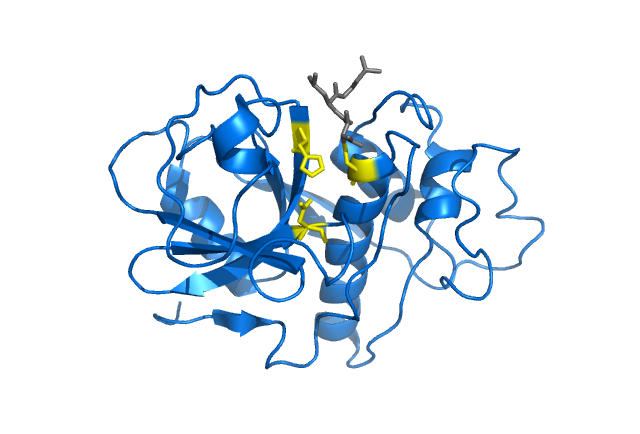
Injuries are a part of life and sports. They happen to the best of us. While there are plenty of things we can do to mitigate the risk of incurring a potentially debilitating injury, we still need effective strategies for managing them IF they do occur . Regardless, it’s still very likely that you’re going to experience some aches and pains here and there through out your athletic career, especially if you’re performing at a high level. Even if you’re not injured, the strategies listed in this article can be used to manage the inevitably painful, daily demands of high-level athletics
Diet and nutrition may be one of the most overlooked components in your injury recovery and prevention arsenal. You can do all the corrective exercise in the world, but if you’re not supplying your body with the building blocks that it needs to initiate deep healing, you may be doing more harm than good. Once you’ve laid a solid foundation for healing with a healthy balanced diet, you may want jumpstart the recovery process even further by supplementing it with a few of these key nutrients.
Proteolytic enzymes
Enzymes are biological molecules created by organisms that act as catalysts (drivers) for initiating and accelerating specific chemical reactions. Proteolytic enzymes refer to a specific class of enzymes that breakdown protein. Proteolytic enzymes have been shown to have a host of benefits, especially those related to sports trauma, inflammation, and swelling. In multiple studies, these enzyms have demonstrated promise in accelerating postoperative recovery, reducing inflammation/swelling, and even breaking down and removing old scar tissue–crazy, right?
Bromelain
Bromelian is an enzyme found in pineapple juice. While bromelian has been traditionally used to aid in digestion and the breakdown of food, it also has powerful anti-inflammatory properties. For this reason, Bromelian has also been effectively used in the treatment of osteoarthritis, topical wound healing, and swelling from injuries. Because Bromelian also has tissue healing properties, it can be used post-op or immediately following an injury to directly expedite the healing process.
How to take: to take advantage of proteolytic enzyms for their anti-inflammatory and healing properties, it is essential to take them on any empty stomach, otherwise they will simply be used to digest your food. They should be taken either 30minutes before a meal, or 2 hours after. I personally recommend starting with a lower dosage of 250MG (1,200GDU) taken twice daily, and building up to 500-1000 mg (2400-4,800GDU) twice daily: Once before breakfast in the morning and once before dinner. You should not take Bromelian if you are taking blood thinners, antibiotics, or sedatives. You should always seek the care of a health professional before taking any supplement.
Serrapeptase
Serrapeptase is an enzyme isolated from the gut bacteria of silk worms, and has been nicknamed “The Miracle enzyme” for its long list of health benefits. Serrapeptase has been traditionally used in Europe and Japan for over 25 years for a variety of conditions that include but are not limited to: post-op swelling, sports injuries , bronchitis , removal of scar tissue and blood clots, and even fibrocystic breast disease. Serrapeptase has peaked the interest of many high-performance athletes and professionals not only for its wound healing and anti-inflammatory properties, but also for its ability to help athletes regain mobility and range of motion by breaking down and clearing cell debris like scar tissue post injury.
How To Take: Try staring with a low dose of 120,000 SPU once daily in the morning, 30 minutes before breakfast. Dosage can gradually be increased to 240,000 SPU taken twice daily: once before breakfast and once before dinner with your other enzymes. Avoid if you are on any blood thinning medications.
Nattokinase
Just like Bromelian and serrapeptase, Nattokinase is another enzym that shows promise in tissue healing and aiding in the removal of non-fuctional protein in the body such as fibrin and scar tissue. Nattokinase is particularly useful in improving both blood flow and volume. Therefore, it may have synergistic effects on rapid injury recovery by not only aiding in the dissolving of dead/non-functional tissues, but by also augmenting the transportation of nutrient rich blood to and from the affected area.
How To Take: Just like the other enzyms listed, start with a low dose first, gradually building up. Most human studies used anywhere from 500mg or 5,000 FU daily, divided into two separate doses. Experiment with different dosages until you find relief of symptoms.
Because most enzyme blend products are intended for digestive support, they are relatively under dosed for the purposes outlined here in this article. Therefore, you’ll want to purchase each one of these separately for attaining the specific dosages outlined here.



